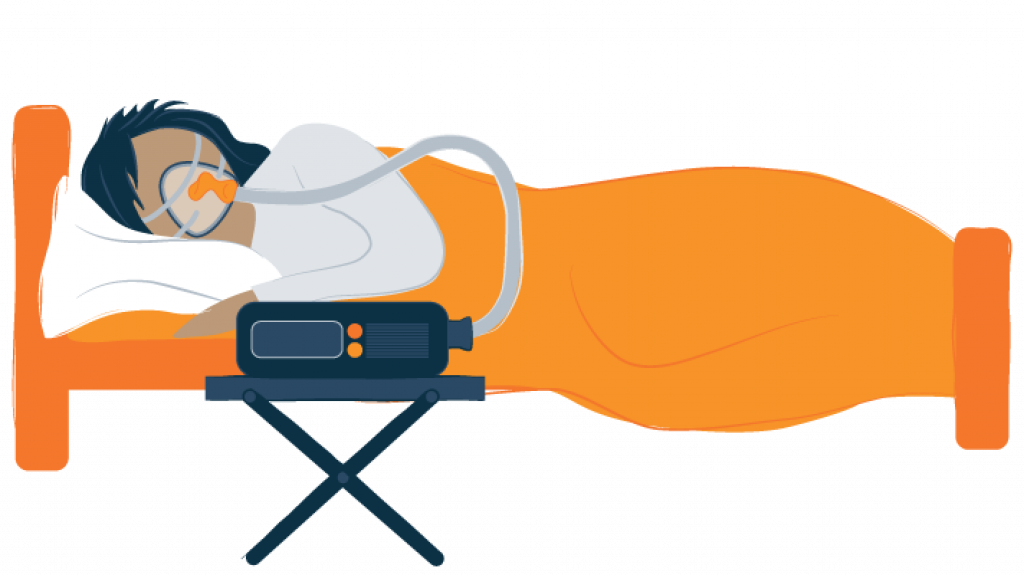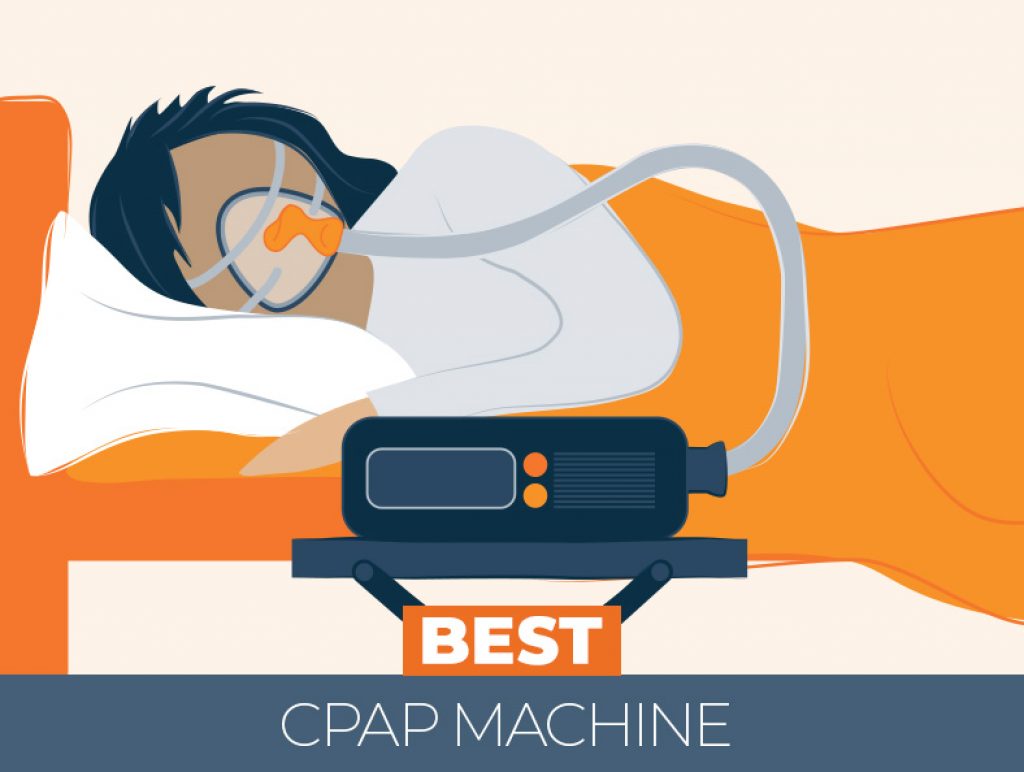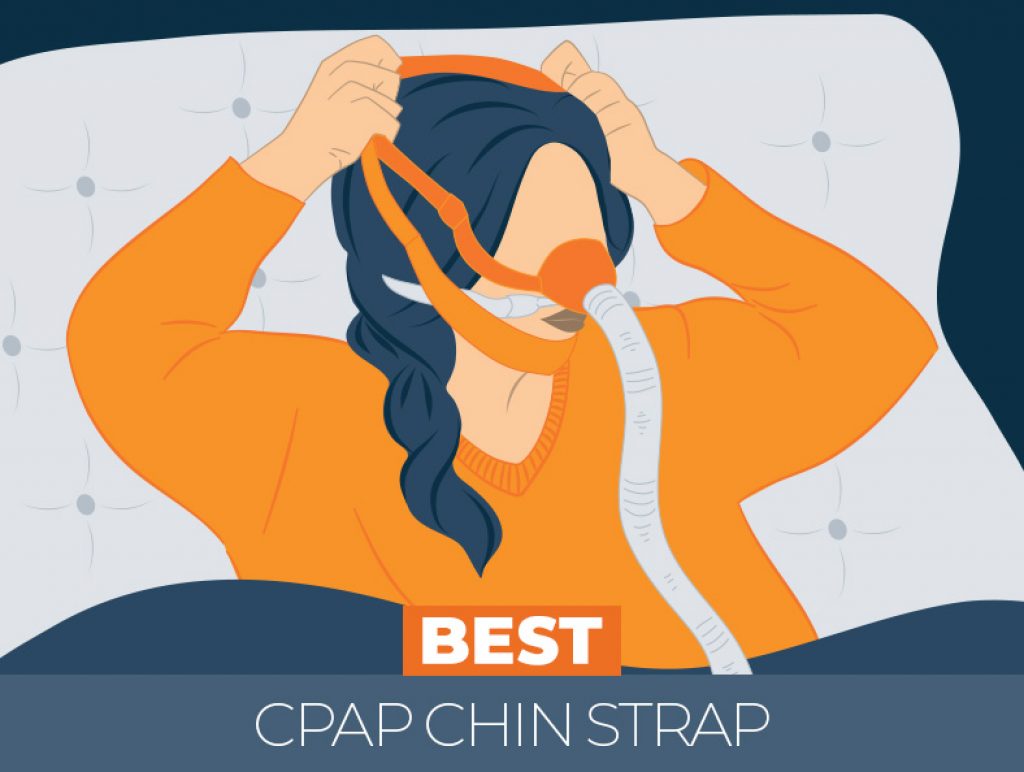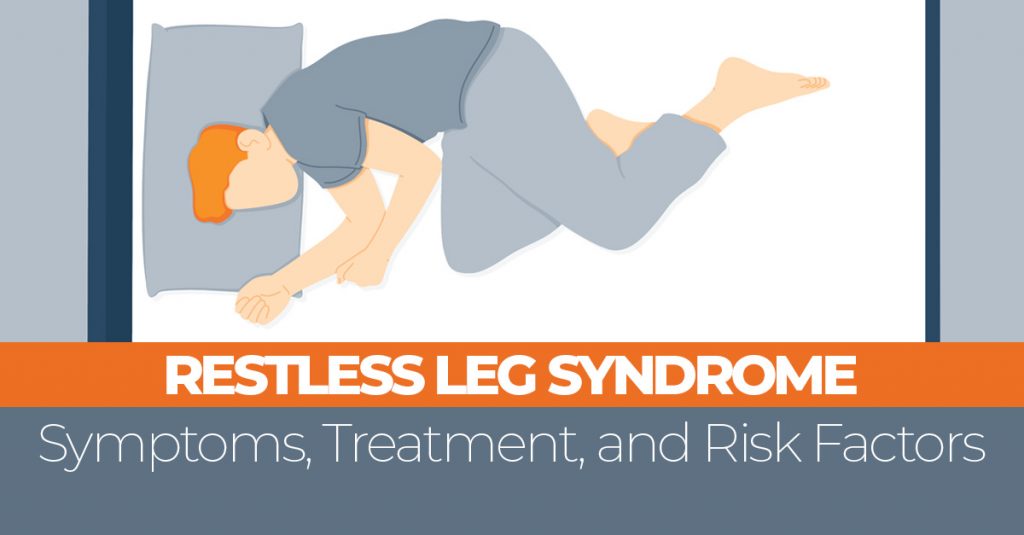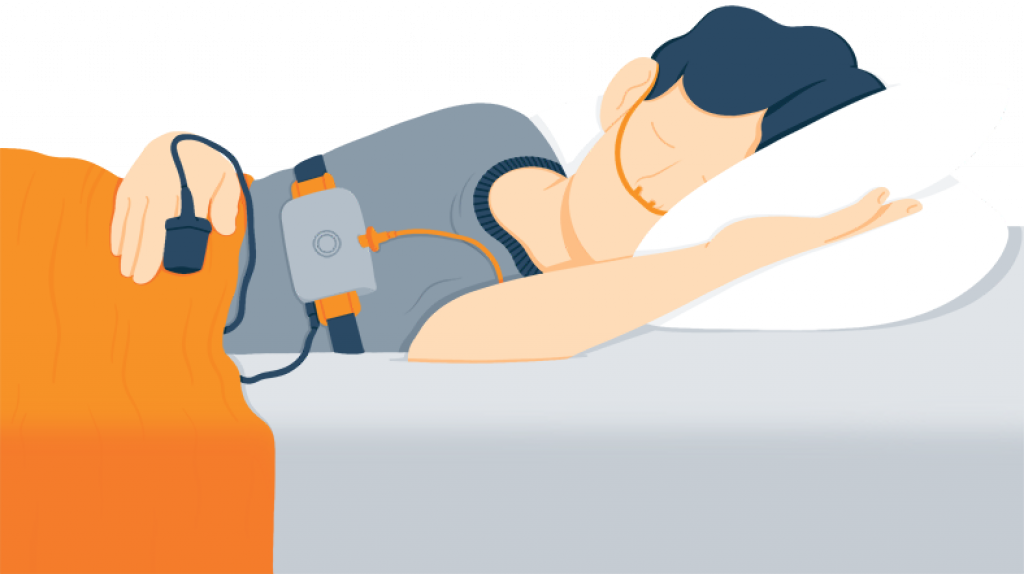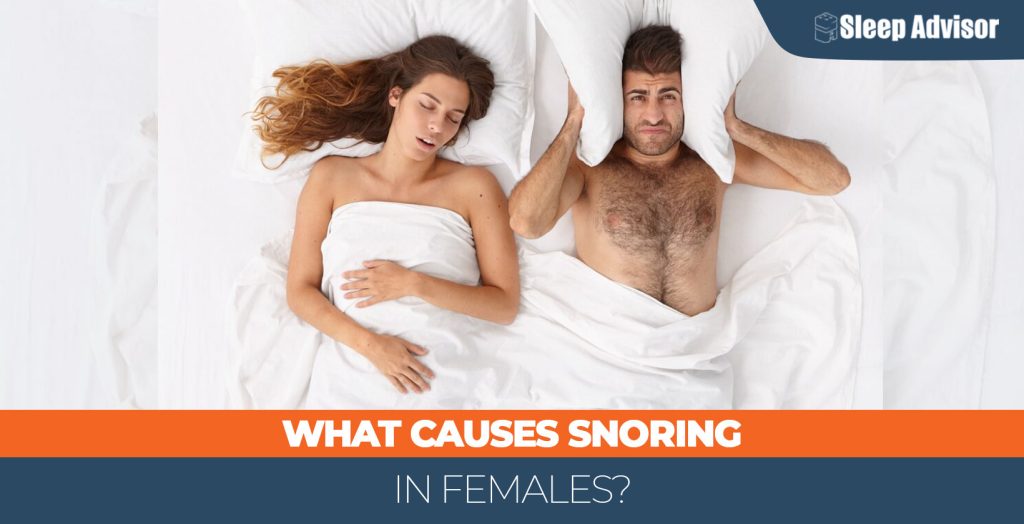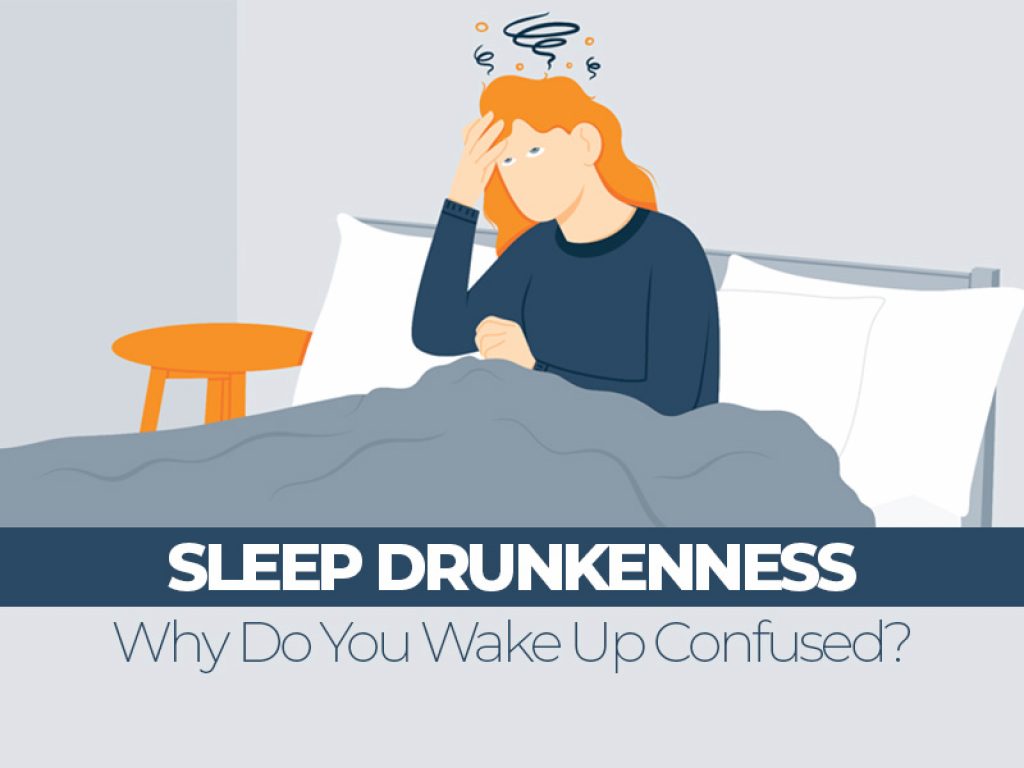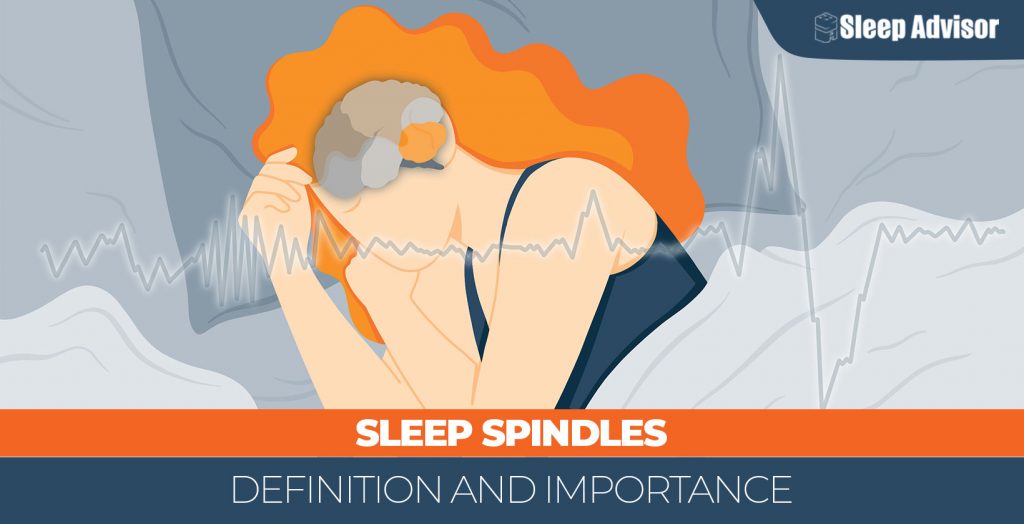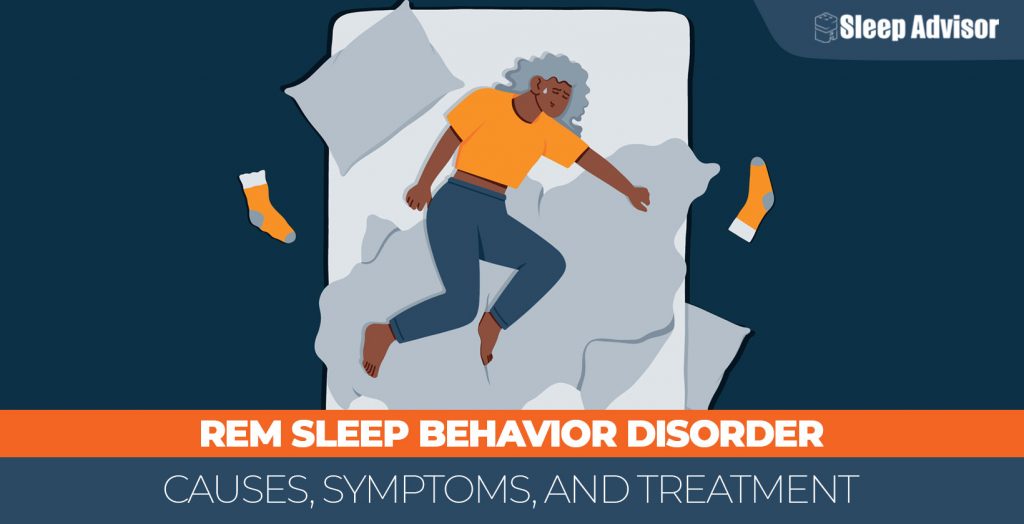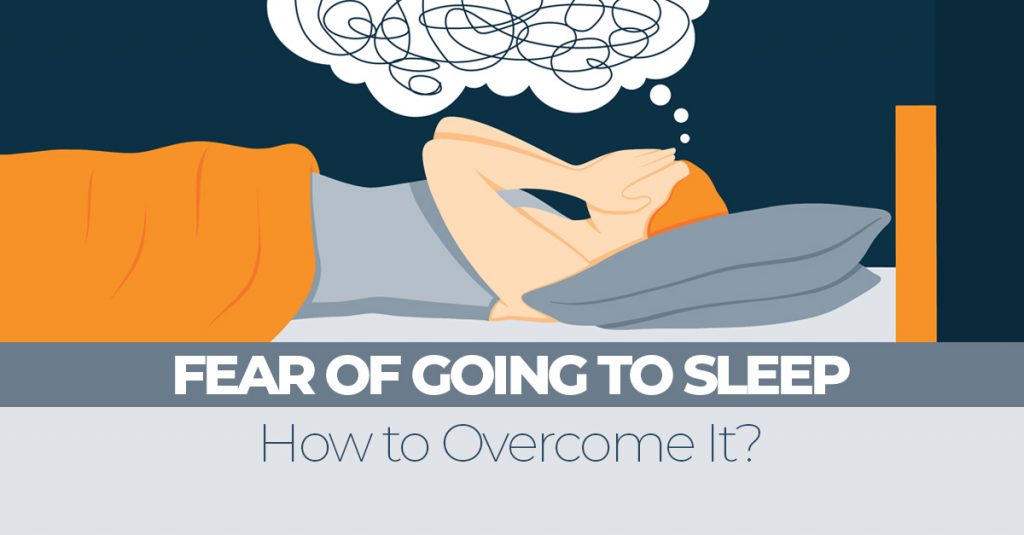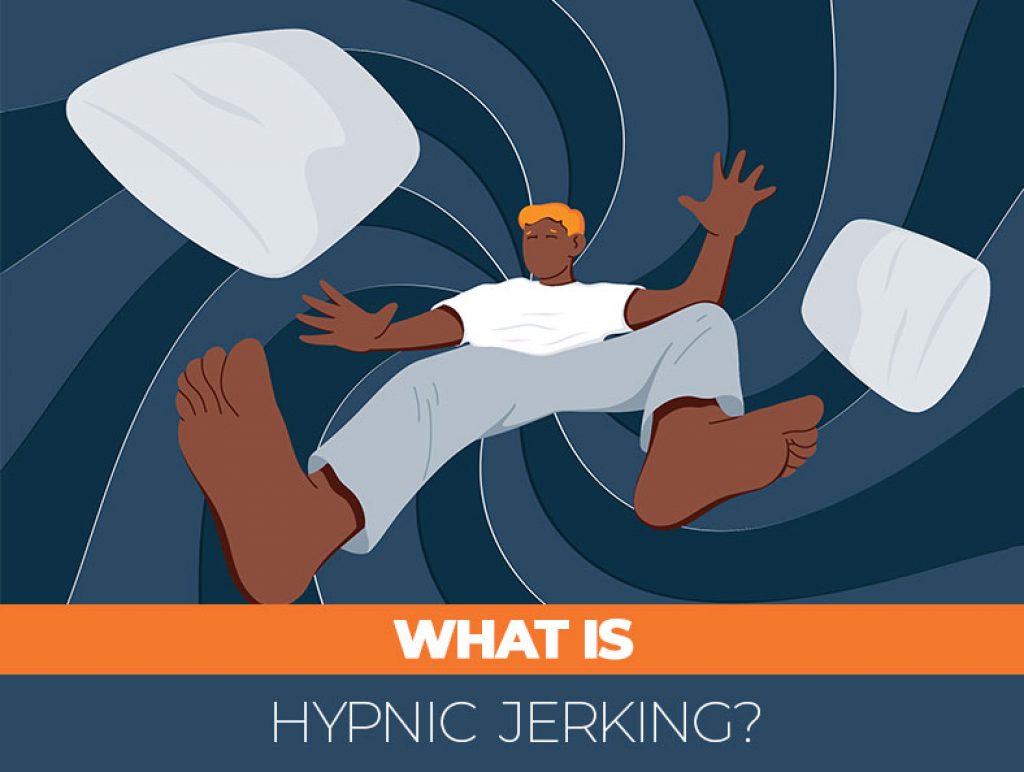There are a few things that humans have had to do to survive since the beginning of our existence: eat, drink, and sleep (and some bathroom stuff, but we’ll let another website tell you about that). Sleep is one of the most important things you’ll do today, but for too many people, it is put on the backburner either by choice or because of an underlying issue.
“Sleep deprivation causes widespread deficits across all facets of life,” says Kimberly Fenn, professor of psychology at Michigan State University.
She’s right. Research shows that sleep protects your mental, physical, and emotional health. Don’t fret though—just because you are experiencing some issues on the road to dreamland does not mean you will have them forever.
Sleep Disturbances in the USA
The USA is going through a sleep crisis, with 1 in 3 adults not getting enough sleep each night.
Seventy million Americans suffer from sleep disorders, and there are sure to be thousands more that are not diagnosed. The importance of rest is gaining more and more traction by the year, but there are still too many people who live by the phrase “I’ll sleep when I’m dead.”
Here’s the thing: sleeping has changed drastically in our culture in only a matter of years. In 1910, before television, phones, and tablets, Americans averaged around nine hours of sleep, which is the upper range of the recommended seven to nine hours. According to Gallup, Americans now average at only 6.8 hours of sleep.
This isn’t a huge surprise; after all, our culture has shifted quite a bit with technological advances and shifting to working in offices. Plus, modern research has given us more insight into common sleep disturbances and disorders.
When Are Sleep Problems a Disorder?
When something disrupts your normal day-to-day functioning, it is a disorder; however, getting a diagnosis from a doctor is essential to properly name your disorder. If you’re anything like me, you probably spend a lot of time Googling symptoms and self-diagnosing. But as a disclaimer, just because your symptoms are similar to a disorder listed here (or elsewhere on the internet), you do not actually have a disorder until your physician has told you so—chat with a pro before jumping to conclusions.
Relating to sleep, the most popular disorder is insomnia, which can occur in many different forms. While some might not be able to rest night after night for months, others might experience it a few nights a week.
Both of these cases are disorders even though one might be seen as “worse” than the other. But one night of having trouble sleeping here and there might not be a disorder. Do not wait to see a professional if you notice sleep problems affecting your everyday life.
Find Out More: 10 Insomnia Statistics You Didn’t Know
How Many Conditions Are There?
There are a bunch of sleep disorders—80 different kinds, according to Cleveland Clinic. While there are more common ones that millions experience each year, some more obscure cases can take some time to diagnose, especially if your physician is not as familiar with what you are going through. Your doctor should be able to refer you to a specialist if your case is uncommon, and there are even sleep studies, where you are observed by professionals during the night to be properly diagnosed.
Most Common Sleeping Disorders
Insomnia – 1 in 4 Americans
Definition:
Problems falling asleep or staying asleep. Can be acute or chronic.
We’ve all heard of it, many of us have experienced it, and none of us like it—insomnia can make nights feel never-ending. It can occur short-term, for a few days or weeks, or it can be chronic, which means that it lasts a month or more.
Most people who have insomnia probably had a good idea before talking to a doctor for a proper diagnosis. If you are having trouble falling asleep, going back to sleep after waking up in the middle of the night, and experience a lot of daytime exhaustion or trouble concentrating, you might have insomnia.
So you are experiencing some of these symptoms—what’s next? Book an appointment with your doc, and they can talk about treatment options. This can look like cognitive therapy, relaxation techniques, or prescription medications.
Discuss over-the-counter aids (including melatonin) with your physician before taking them because you might experience some unwanted side effects. Most are not intended for regular use, so they may not be very effective in the long term.
Sleep Apnea – 22 Million Americans
Definition:
Interrupted breathing while sleeping.
Sounds kinda scary, huh? There are three different kinds of apnea: obstructive, where there is blockage in the airway; central, which has to do with the brain not sending breathing signals to your body; and mixed, a combination of the two.
Sleep apnea is a condition that can have some serious consequences if not treated, like high blood pressure, type 2 diabetes, problems with anesthesia and medications, and liver problems—not to mention it causes hypersomnia (excessive daytime exhaustion) which can lead to car accidents and deteriorate your quality of life. Despite the dangers, apnea is also underdiagnosed because thousands of people don’t even know that they have it!
Some things to look out for are loud snoring, gasping throughout the night, insomnia, and headaches in the morning. If you have a partner, they might notice your breathing stop throughout the night. Overweight men are the most prone to apnea, but the use of alcohol, smoking, and family history can also be factors.
The most common treatment is a CPAP machine, which helps keep airway passages open through a mask or nosepiece. There are also oral appliances and surgical options as well.
Browse Articles: CPAP & Sleep
Learn More: Sleep-Related Breathing Disorders
Restless Leg Syndrome – 1 in 10 Americans
Definition:
The irresistible urge to move your legs generally caused by an uncomfortable sensation. Often occurs in the evening.
You finally lay down to sleep, get warm and cozy under the covers and close your eyes to fully relax—but your legs have other ideas. Restless Leg Syndrome (RLS) can happen to anyone, but pregnant women and those who have a family history of RLS experience it most frequently. Luckily, it is not life-threatening, but it can impair rest and make daytime activities more difficult—plus, it’s uncomfortable!
The sensations can be hard to describe, but they generally occur at night when trying to rest. You might feel crawling or aching in their legs; others feel itching or throbbing. If you feel any numbness, see a doctor as soon as possible because it can be a sign of a more serious problem.
According to Johns Hopkins, the treatments can range: for some, an iron supplement works like a charm, and those with more serious cases might need medications like muscle relaxants or dopamine regulators. Simple changes like forming a bedtime routine, exercising, and avoiding caffeine can also be effective.
Be sure to talk to your doc about what works best for your situation.
Related: Best Mattress for Restless Leg Syndrome
Circadian Rhythm Disorder – 3% of Adults Worldwide
Definition:
Natural sleep and wake rhythms are out of sync with normal daytime and nighttime schedule.
Our bodies follow a natural clock called a circadian rhythm, which controls when we are tired and when we are awake. Those that have a circadian rhythm disorder have somehow desynchronized their body clock with the external day/night cycle, so bedtimes are at odd parts of the day.
A temporary example of this is jet lag. When flying over multiple time zones, your body is set to your home time. Once you land, you might find your groggy self ready for bed, but across the world, the day is just getting started.
Night-shift workers often fall victim to this disorder. While a change in career might not be an option, blackout curtains, wearing sunglasses on the way home from work, and exposure to artificial light during the night can help.
Night owls and early birds can also have circadian rhythm disorder (advanced or delayed sleep phase syndromes) if their cases are extreme enough. Light therapy and medications can help shift your schedule back to normal. Ask your physician for personal guidance.
REM Sleep Behavior Disorder – 0.5% Worldwide
Definition:
Physically acting out dreams unpleasant by moving (kicking, jumping out of bed, flailing arms) or speaking (laughing, talking, yelling, or even swearing).
Usually, you don’t move while you dream because nerve pathways keep your muscles temporarily paralyzed. Those with REM sleep behavior disorder don’t have properly working pathways, causing them to act out their dreams (and it’s not exactly Oscar-worthy).
While this disorder might seem harmless, it can cause some trouble. It may cause potential embarrassment, injury to yourself or your partner, and stress to those that live with you. Plus, it can sometimes be associated with other conditions like Lewy body dementia or Parkinson’s.
The most likely candidates are men over 50, those who take certain medications, and people with narcolepsy; however, anyone at any age can have REM sleep behavior disorder.
Make sure to create a safe environment; move any furniture and clutter away from the bed (piles of clothes, blankets, etc.), protecting windows, padding the floor, and possibly spending the night in a separate room from your partner until things are more under control. Some medications and supplements have been shown to reduce symptoms, so ask your doctor for appropriate treatments.
Narcolepsy – 1 in 2,000 Americans
Definition:
Chronic, uncontrollable sleep attacks and excessive daytime drowsiness. Sudden loss of muscle tone can also occur.
For most, resting is met with open arms, and a midday nap is a treat. But for those with narcolepsy, sleep in the day comes at any time without warning. You could be eating lunch or chatting with your pals, and the next thing you know, you are fast asleep.
Although these attacks might leave you refreshed, sleepiness will soon come over you again, and probably at another unwanted time. It can be hard to focus and concentrate, which can make it difficult to get through the day.
Some with narcolepsy also experience a loss of muscle tone, often occurring during a feeling of intense emotion. These people can just collapse while laughing hard or being angry or scared.
Researchers don’t know why narcolepsy happens, but people with it tend to have low levels of hypocretin, a neurochemical that tells you when to be awake and when to sleep. Many doctors prescribe medications to help regulate levels of certain neurotransmitters and minimize tiredness. Taking naps, avoiding alcohol and drugs, and getting exercise can also help limit the effect of narcolepsy.
Sleepwalking – 3.6% of American Adults
Definition:
Getting up and walking around during sleep.
Ever wish you had more time in the day to get things done? Sleepwalkers might have the right idea, although they aren’t exactly productive during their late-night activities.
Sleepwalkers may open their eyes, follow a routine (get dressed or eat), talk, drive a car, or even engage in sexual activity. Sounds like Hollywood, right? Some people even engage in odd behavior, like peeling a carrot.
Children are the most common sleepwalkers out there, and they generally outgrow it by puberty, but there are plenty of adults that are walking zombies.
Generally, it is not a problem, but it can hurt the sleepwalker and those around them in extreme cases. As soon as it becomes frequent and disruption occurs, you should discuss it with your doctor. Stress, sickness, and disorders can cause it, and generally, treatment of sleepwalking is solving the underlying problem.
While treatment is ongoing, make sure to keep the environment safe. Lock all the doors, think about installing an alarm, and put sharp objects out of reach. If you encounter a sleepwalker, lead them back to bed; there is no need to wake them up.
Read More: Answers About Sleepwalking
Night Terrors – 6.5% of American Children / 2.2% of American Adults
Definition:
Intense nightmares accompanied by screaming, crying, overwhelming fear, flailing limbs, and possibly sleepwalking.
You’ve finally got the kids to sleep after an exhausting day, and you’re lounging on the couch ready to relax. Right when you get comfortable, you hear hysterical screaming coming from your child’s room, but when you go to check on them, they are inconsolable but fast asleep.
This is one of the differences between nightmares and night terrors; those who experience nightmares wake up and many times remember some details, whereas people generally don’t remember night terrors at all and sleep through them.
Although they occur more to kids, adults can have them as well. Kicking, thrashing, and screaming are all signs of a night terror. Sleepwalking paired with aggressiveness is common as well.
Night terrors that are infrequent do not pose a threat—they can be caused by stress, overtiredness, sickness, medications, and other disorders. If they are recurring, chat with your doctor about ways to treat them; terrors can interfere with a good night’s rest and can potentially hurt you or someone around you. Luckily, children often grow out of them, but you can bring it up during your child’s next pediatrician appointment.
Exploding Head Syndrome – 10% of Americans
Definition:
Hearing an extremely loud sound or flashing light (some describe it as fireworks, a bomb, or a lightning strike) while falling asleep.
This sounds pretty intense, but it is actually quite common, and you will probably experience it at least once in your life. No, your head will not actually explode—it’s not even painful! But it can be kind of scary and definitely confusing.
Scientists are not quite sure why exploding head syndrome occurs, but some possible reasons are minor seizures, stress, and shifts in the inner ear. Everyone is susceptible, but it is more common in women than in men.
What you think is exploding head syndrome might actually be a side effect of medication, a disorder, or substance abuse. If this is happening quite frequently, talk to your doctor about possible treatment options. Antidepressants and calcium channel blockers are common medications prescribed for exploding head syndrome.
Bruxism – 8% of American Adults
Definition:
Grinding or clenching teeth while sleeping.
If you grind your teeth at night, join the thousands of other Americans that do too. You might not know that you do, but if you have a partner, they may have pointed it out to you. Your dentist may also be able to tell if you have bruxism because it can damage your teeth by flattening them, wearing the enamel, and causing sensitivity.
Some signs that you have bruxism are a tired jaw, headaches, sores on the cheek from biting, or earache pain. Like many disorders, stress, age, and family history have a lot to do with why you might grind your teeth. Children can have bruxism too, so be sure to take them to the dentist regularly.
Mouthguards and dental correction are some forms of treatment to protect your teeth, but stress management and treating any possible related disorders can help minimize grinding.
Sleep Paralysis – 7.6% of Americans
Definition:
Inability to move or speak temporarily upon waking up.
During REM (the sleep stage when you dream), your body is temporarily paralyzed; you don’t move or speak. For some people, transitioning through the sleep cycle is not as smooth as it should be, and they wake up in between stages of wakefulness. This can be pretty scary because you may think that you are fully awake—some can see frightening hallucinations while they are still somewhat asleep.
Although it might not necessarily be harmful, it can make nights problematic. Anxiety might form around sleeping for fear of having another episode, and if it happens in the middle of the night, your rest can be interrupted.
Those that have recurring episodes often have it in their family history, but stress, lack of sleep, medications, substance abuse, and even being a back sleeper can cause sleep paralysis. Generally, those with bad sleep habits tend to experience it.
Talk to your doctor about treatment methods; they might suggest an antidepressant to help regulate sleep, treating possible mental health issues, or changing up your bedtime routine.
Kleine-Levin Syndrome – 1 in 500,000 Individuals Worldwide
Definition:
Episodes of excessive tiredness, change in demeanor, and altered behavior that can last for days, weeks, or months.
One of the rarer disorders, Kleine-Levin syndrome (KLS) is probably one of the most disruptive. It is sometimes called the “Sleeping Beauty” syndrome because those affected spend the majority of their time in bed during an episode—some only wake to go to the bathroom and eat. These episodes can last for months, and during them, the person almost has a different personality described as “childlike” or spacey.
During these episodes, patients cannot go to school or work, and they can’t care for themselves. Some are confused and disoriented when awake and can lack emotions. KLS can stick around for a decade or more, and episodes can occur without warning.
KLS can occur to anyone at any age, so adults and children can miss long periods of their lives due to it. There are no known causes and no definitive treatments—if you have noticed any possible symptoms of KLS in yourself or a loved one, talk to a doctor who will be able to refer you to a specialist to chat about each specific situation.
Questions for Your Doctor
Is a sleep clinic right for me?
Sleep clinics or great for people who are experiencing problems during the night but cannot pinpoint exactly why. At a clinic, you would be monitored overnight to be properly diagnosed with any possible disorders. If you are unsure of whether you have a disorder, talk to your physician about staying at a clinic to get you a step closer to a good night’s rest.
Should I see a specialist?
Some disorders are less common than others, and your regular physician might not be an expert in what you are experiencing. If your doc does not have a clear answer for you, it may be time to ask for a referral to a specialist that knows the ins and outs of what you are going through.
Are medications the right route for me?
Medications are not for everyone, and even some who are prescribed a certain kind might experience some negative side effects. It can take some trial and error to find what works for you. Many disorders can be treated without medication, but you will have to ask your doctor about your specific circumstances to gain a better perspective.
Conclusion
Sleep disorders can be detrimental to functioning day-to-day. Regularly getting a good night’s rest can change your life for the better, which is why understanding the different types of disorders might get you closer to resting peacefully all night long.
There are tons of disorders out there, and while we touched on the most popular, be sure to talk with your doctor about any symptoms you are having that don’t match the ones listed above. Everyone deserves to sleep well, so don’t suffer alone!
Sleep Disorders
More Content

Jess Carpenter
Content Writer
About Author
Jess is only serious about a few things in life: sleeping, writing, and making the perfect chocolate chip cookie. In her free time, you’ll probably find her having a dance-off to ‘80s pop with her family or watching scary movies with her cat, Waffles.
Combination Sleeper

